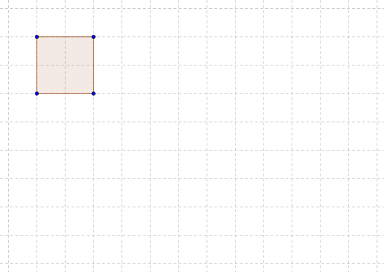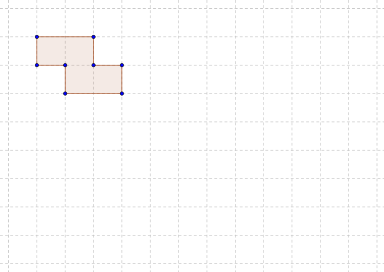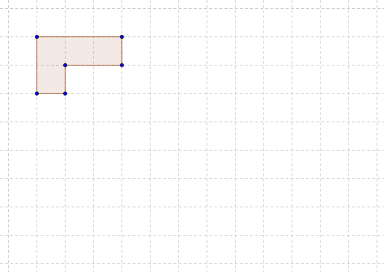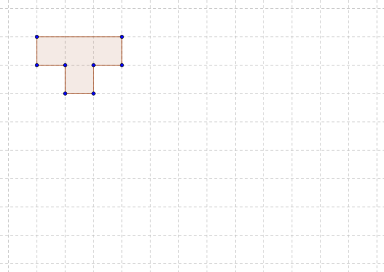Tiling Worksheet
In another worksheet, we were constructing tessellations from tiles. Several questions came up.
To recall a couple of these questions:
- How can we go about constructing and investigating tessellations systematically?
- How much of a tessellation do we need to draw to show a complete tessellation?
- When can we create multiple types of tessellations, and when do we not have so many choices?
For question 1, we saw that creating either strips or other (less complicated) tiles could be a handy approach. The blue parallelograms can be assembled into strips, which can be stacked in turn to form the tessellation. Or we can take 3 blue parallelograms and form them into a hexagon. Those are easily combined into a tessellation.
The answer for question 2 is that we will need at the very least some 12 tiles. Sometimes we will need more. We need to have enough tiles to establish a pattern. Another person should have no problem starting where you left off and should be able to continue with the pattern you thought off.
For question 3, we can investigate how many choices we had along the way in creating the tessellation.
Your Assignment:
Think about the game pieces we use in Tetris. Create not only a tessellation, but make one that follows a pattern. I will leave it up to you to decide if vertices should meet vertices or not.
A.
B.
C.
D.
E.




